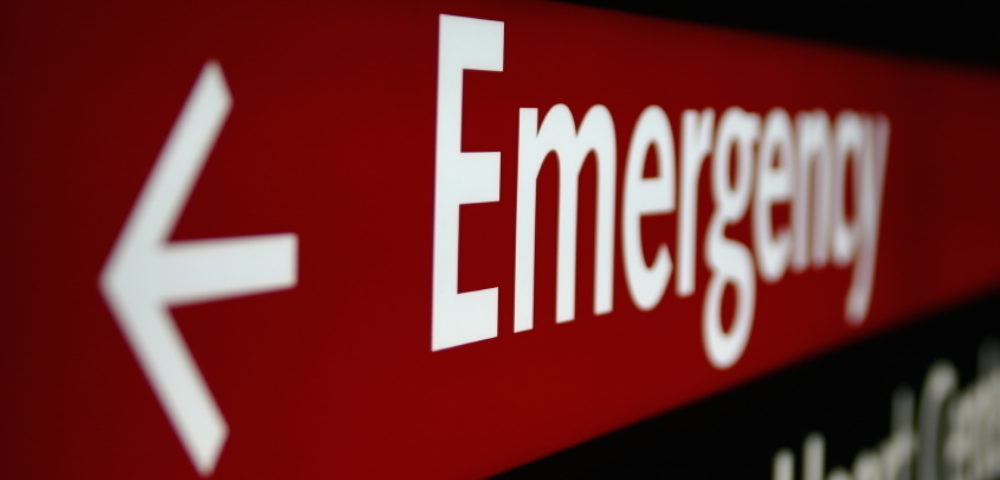Hospital Deaths Increase After Nearby ER Closures: Study

Patients who are admitted to a hospital through the emergency room may face a greater risk of dying when another emergency room at a nearby hospital recently closed, according to the findings of new research.
In a study published in the August issue of the medical journal Health Affairs, researchers from the University of California, San Francisco examined the effects of emergency room closures in California between 1999 and 2010, finding that patients treated at nearby hospitals following the closings may be 5% more likely to die.
Researchers used data from the California Office of Statewide Health Planning and Development to examine inpatient death rates at hospitals near 48 other hospitals where an ER closed. The study included a review of patient deaths among 16 million adult inpatients who were admitted through the ER. Four million, or one-quarter, of those admissions were to hospitals located near another ER that had closed.

Did You Know?
Millions of Philips CPAP Machines Recalled
Philips DreamStation, CPAP and BiPAP machines sold in recent years may pose a risk of cancer, lung damage and other injuries.
Learn MoreThese patients were five percent more likely to die when compared to patients who were admitted through an ER at hospitals that were not near other recently shut down emergency rooms. Patients under the age of 65 had an even greater risk of death, with a 10% increased risk of dying in the hospital than other younger patients not affected by closures.
Between 1996 and 2009, the number of ER visits in the United States increased by 51 percent, from 90 million visits to more than 136 million. During the same period, the number of emergency rooms nationwide decreased by six percent, many of which served poor communities in inner-city and rural neighborhoods.
The decrease in emergency rooms has caused great strain on the healthcare system, resulting in overcrowding and contributing to an increase in the death rates of patients admitted through an ER, experts say.
Dr. Renee Y. Hsia, lead author of the study and associate professor of the Institute of Health Policy Studies at the University of California, San Francisco said the ER closures may have a ripple effect on patient outcomes, including death, and should be considered when hospital regulation is decided.
Study authors say the vulnerabilities to hospitals typically occur in poorer communities with high risk populations. Patients at these hospitals are more likely to be uninsured or on Medicaid, black Hispanic, female and under the age of 65. Overall they will be sicker than other patients.
Another factor that may raise the death risk associated with closures is the increased distances and travel time before receiving treatment at an ER. Overcrowding has greatly increased, as well as wait times, which may also play a factor in worsened outcomes for patients.
This is the first study to examine the impact that ER closures has on patient care at other hospitals within same service area.
Get more articles like this sent directly to your inbox.
"*" indicates required fields




0 Comments